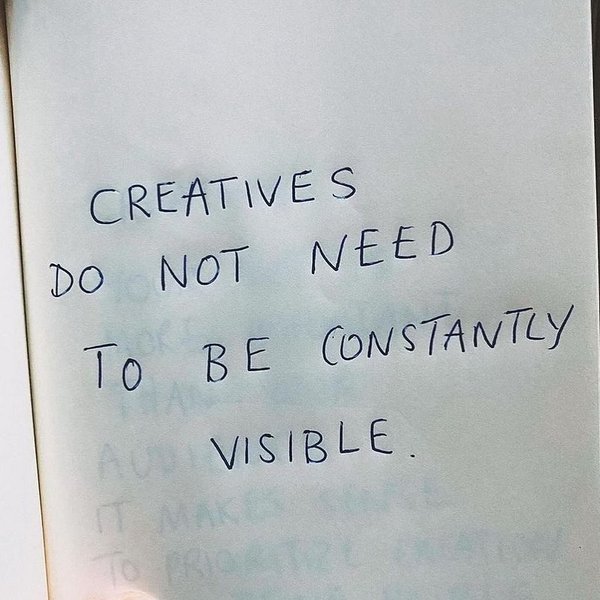alice smith
@alicesmith
alice smith
@alicesmith
performatism is being embedded within us
this is interesting bc with the abundance of info, we are now turning to each other and those who we aspire to to see what they’re consuming to get the 'best' and their personal curations. Additionally, as ppl become more comfortable with wanting to know every detail, it's only a matter of time before we start using the 'following' feature on IG
... See morehave we lost our sense of taste? which is why we need curators now
